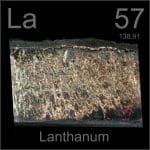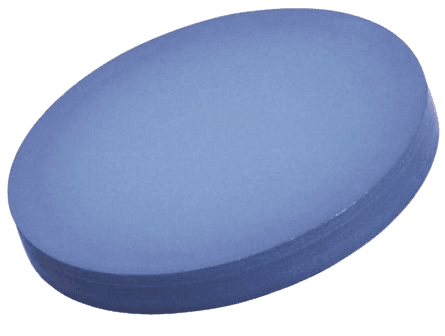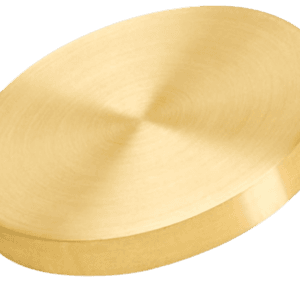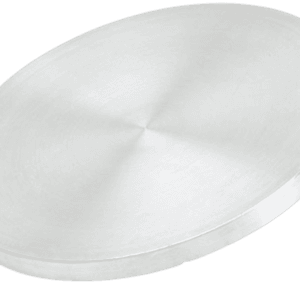Lanthanum Sputtering Target Description

The lanthanum sputtering target is a solid target made from high-purity lanthanum metal. Lanthanum, symbolized as “La” with an atomic number of 57, is a soft, malleable, and silvery-white metal. It is one of the most reactive rare earth elements. Lanthanum is used to make special optical glasses and to enhance the malleability of steel. Additionally, lanthanum is valuable in wastewater treatment and oil refining. Due to its application in photoconversion films, scientists have nicknamed lanthanum “super calcium.”
Lanthanum Sputtering Target Specification
| Material Type | Lanthanum |
| Symbol | La |
| Color/Appearance | Solid |
| Melting Point | 927 °C |
| Type of Bond | / |
| Density | 7.3 g/cc |
| Thermal Conductivity | 6.17 W/m.K |
| Coefficient of Thermal Expansion | 12.1 x 10-6/K |
| Available Sizes | Dia.: 1.0″, 2.0″, 3.0″, 4.0″, 5.0″, 6.0″ Thick: 12.1 0.125″, 0.250″ |
We also offer other customized shapes and sizes of the sputtering targets; please Contact Us for more information.
Lanthanum Sputtering Target Application
Handling Notes
Packaging
Our Lanthanum Sputtering Targets are clearly tagged and labeled externally to ensure efficient identification and quality control. We take great care to prevent any damage during storage and transportation.
Get Contact
TFM offers Lanthanum Sputtering Targets in various forms, purities, sizes, and prices. We specialize in high-purity thin film deposition materials with optimal density and minimal grain sizes, which are ideal for semiconductor, CVD, and PVD applications in display and optics. Contact Us for current pricing on sputtering targets and other deposition materials that are not listed.





Reviews
There are no reviews yet.